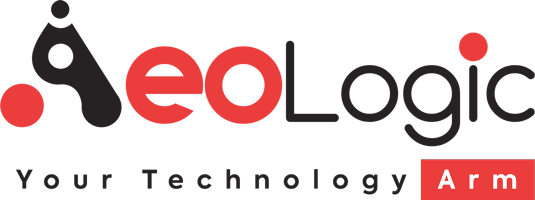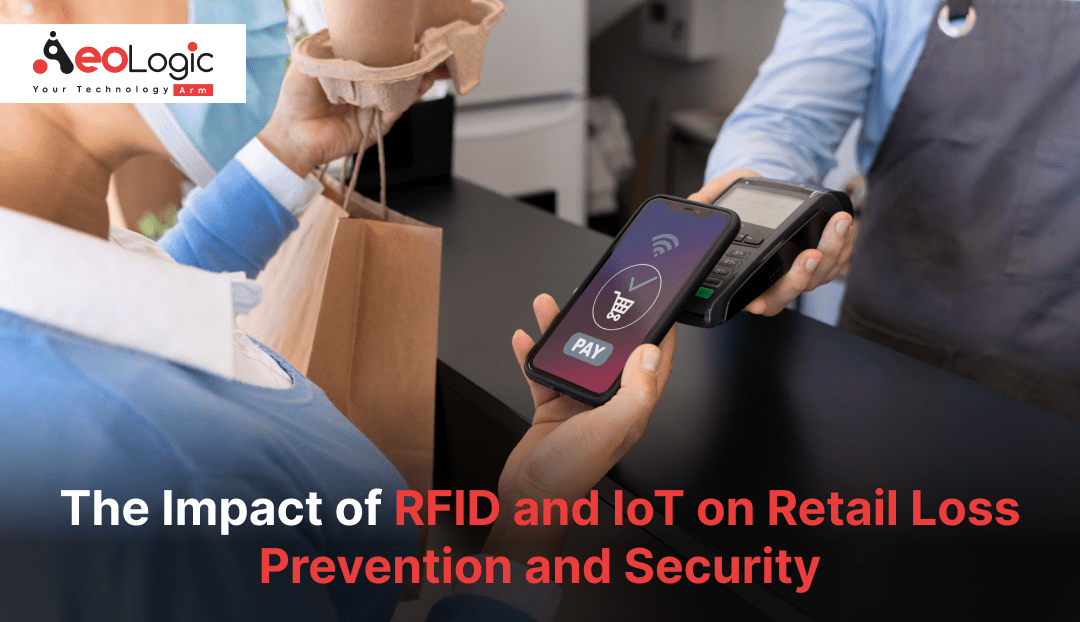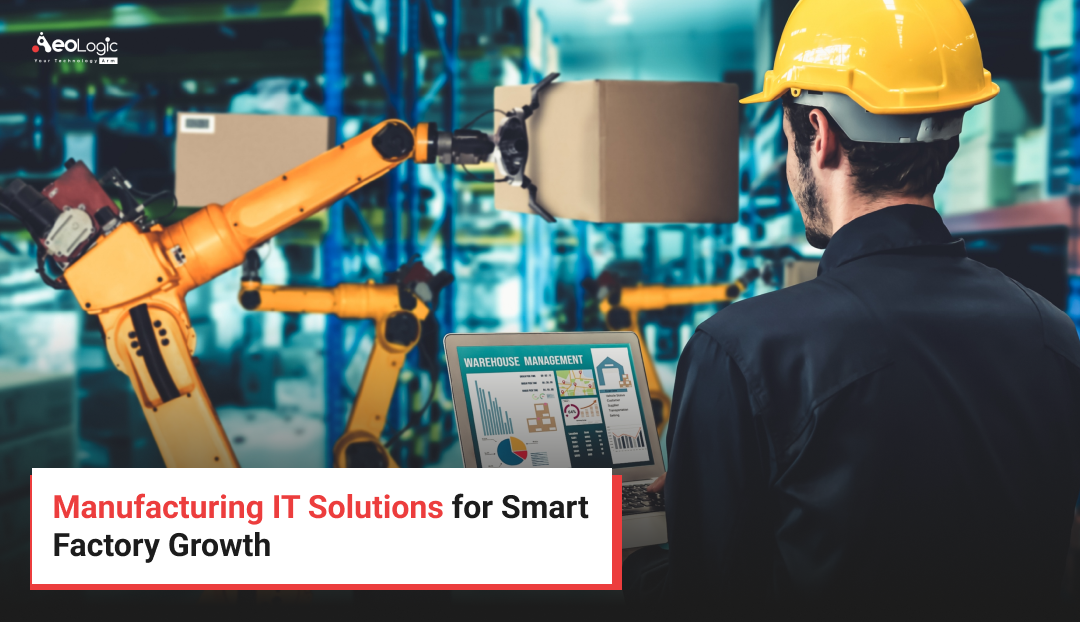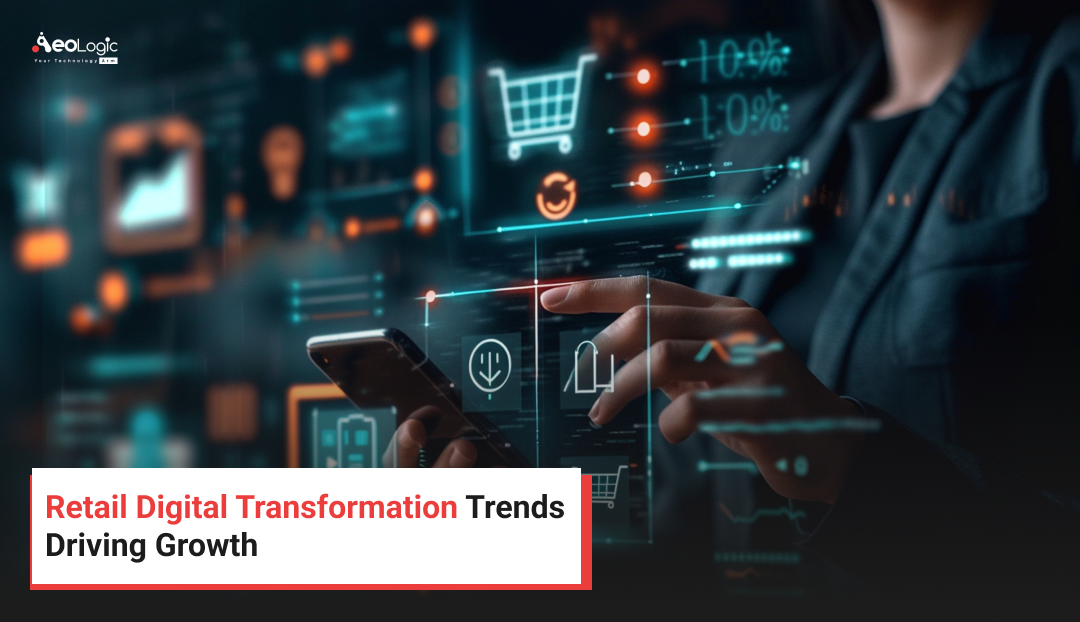In the ever-evolving landscape of retail, loss prevention and security have become critical components of operational efficiency and profitability. As retailers strive to protect their assets while enhancing customer experience, innovative technologies like Radio Frequency Identification (RFID) and the Internet of Things (IoT) are making significant inroads. Together, these technologies are revolutionizing how retailers approach loss prevention, inventory management, and overall security. In this blog, we will explore the profound impact of RFID and IoT on retail loss prevention and security.
Also read: The Impact of IoT on the Retail Business Today
Understanding the Impact of RFID and IoT on Retail Loss Prevention and Security
RFID Technology
Radio Frequency Identification (RFID) is a technology that uses radio waves to automatically identify and track tags attached to objects. Each RFID tag contains a microchip and an antenna, allowing it to transmit data to RFID readers. This technology can be used in various applications, including inventory management, asset tracking, and supply chain optimization.
IoT in Retail
The Internet of Things (IoT) refers to the network of physical devices connected to the internet, allowing them to collect and exchange data. In retail, IoT encompasses a range of devices, from smart shelves that monitor inventory levels to connected security cameras that analyze foot traffic patterns. The integration of IoT with other technologies can provide retailers with valuable insights into customer behavior, inventory management, and security threats.
Impact of IoT and RFID on Retail Industry
Faster Checkout Processes
RFID technology can significantly reduce checkout times. Instead of scanning each item individually, RFID readers can capture the data from multiple items simultaneously. This speeds up the checkout process, leading to shorter lines and increased customer satisfaction.
Real-Time Inventory Tracking
With the impact of RFID and IoT on retail industry, retailers can track inventory in real time, allowing them to know precisely what items are in stock, where they are located, and when they need to be replenished. This capability reduces the likelihood of stockouts and overstock situations, ultimately improving customer satisfaction.
Streamlined Replenishment
By integrating RFID with IoT systems, retailers can automate replenishment processes. Smart shelves equipped with RFID readers can send alerts to inventory management systems when stock levels drop below a certain threshold. This ensures that shelves are always stocked, minimizing lost sales due to out-of-stock items.
Preventing Theft and Shrinkage
Retail theft, or shrinkage, remains a significant challenge for the industry, with losses estimated in the billions annually. RFID and IoT technologies offer innovative solutions to mitigate these risks.
Smart Anti-Theft Solutions
RFID tags can be attached to high-value items, allowing retailers to monitor their movement throughout the store. If a tagged item is removed from a designated area without being checked out, an alert can be triggered, notifying security personnel. This proactive approach helps deter potential thieves and reduces losses.
Enhanced Surveillance Systems
IoT-enabled security cameras can provide retailers with comprehensive surveillance capabilities. These cameras can analyze foot traffic patterns, identify suspicious behavior, and alert security personnel in real time. By integrating video analytics with RFID data, retailers can gain deeper insights into theft incidents and respond more effectively.
Improving Customer Experience
While loss prevention is a crucial aspect of retail security, enhancing customer experience is equally important. The impact of RFID and IoT on retail can streamline operations, making shopping more convenient for customers.
Personalized Shopping Experiences
IoT devices can track customer behavior and preferences, enabling retailers to offer personalized shopping experiences. For example, smart mirrors in fitting rooms can suggest additional items based on what a customer is trying on. This not only enhances the shopping experience but can also drive additional sales.
Data-Driven Decision Making
The combination of RFID and IoT provides retailers with valuable data that can inform strategic decision-making. This data-driven approach can lead to improved operational efficiency and security.
Analyzing Customer Behavior
By analyzing data from IoT devices, retailers can gain insights into customer behavior and preferences. This information can be used to optimize store layouts, product placements, and marketing strategies. Understanding how customers interact with products can also help retailers identify high-risk areas for theft.
Identifying Vulnerabilities
RFID solutions and IoT can also help retailers identify vulnerabilities in their security systems. By monitoring foot traffic patterns and analyzing theft incidents, retailers can pinpoint areas that may require additional security measures, such as more cameras or staff presence.
Challenges and Considerations
Despite the numerous benefits of RFID and IoT in retail loss prevention and security, there are challenges and considerations that retailers must address.
Implementation Costs
Implementing RFID and IoT technologies can require significant upfront investment. Retailers need to assess the return on investment (ROI) for these technologies and determine how they fit into their overall strategy.
Data Security and Privacy
As retailers collect and analyze more data, they must also consider data security and privacy. Ensuring that customer information is protected and compliant with regulations is crucial for maintaining customer trust.
Integration with Existing Systems
Integrating RFID and IoT solutions with existing retail systems can be complex. Retailers need to ensure that new technologies work seamlessly with their current infrastructure to maximize efficiency and effectiveness.
Also read: The Power of IoT in Retail to Optimize Your Business
Conclusion
The impact of RFID and IoT on retail loss prevention and security is transformative. By enhancing inventory management, preventing theft, improving customer experiences, and enabling data-driven decision-making, these technologies provide retailers with the tools they need to thrive in a competitive landscape.
While challenges exist, the benefits of adopting RFID and IoT far outweigh the hurdles. As retailers continue to evolve and adapt to changing consumer demands, embracing these technologies will be essential for staying ahead in the game. The future of retail loss prevention and security lies in the successful integration of RFID and IoT, creating a more secure, efficient, and customer-centric shopping experience.






